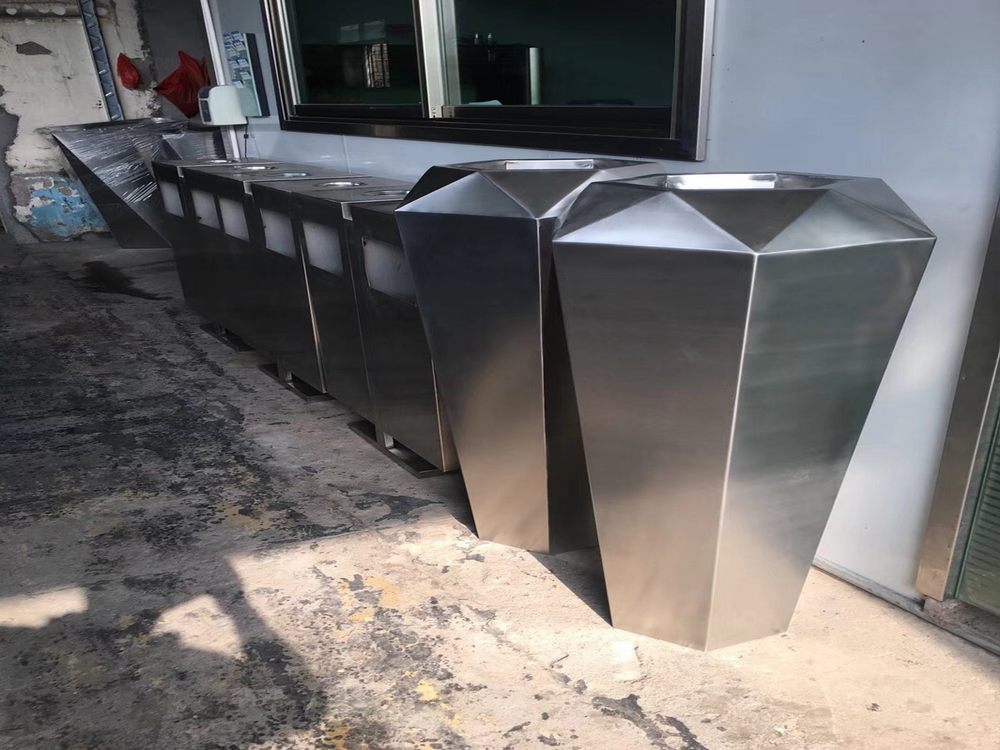
Metal sculptures, as a form of artistic expression, are deeply influenced by the cultural contexts in which they are created. Across the globe, the symbolism and interpretation of these sculptures vary significantly, reflecting the values, beliefs, and histories of different societies.
In Western cultures, metal sculptures often emphasize individualism and abstract concepts. For example, modern abstract sculptures in Europe and North America may prioritize form and technique, with interpretations leaning toward personal or philosophical meanings. In contrast, African metal sculptures frequently incorporate communal and spiritual themes, serving as symbols of ancestry, power, or rituals. The intricate bronze works of the Benin Kingdom, for instance, are revered not just as art but as historical narratives.
Asian metal sculptures, particularly in countries like India and Japan, often blend religious and natural symbolism. Hindu deities cast in bronze or iron carry divine significance, while Japanese metalwork, such as temple bells, embodies harmony and mindfulness. These pieces are interpreted through lenses of spirituality and tradition.
Latin American metal sculptures, influenced by indigenous and colonial histories, often merge pre-Columbian motifs with contemporary themes. Artists like Diego Rivera have used metal to depict social struggles, making their works politically charged and culturally resonant.
The Middle East showcases metal sculptures that intertwine Islamic artistry with geometric precision. Calligraphic metal art, for example, is not merely decorative but also a reflection of religious devotion and cultural identity.
Ultimately, the global diversity in metal sculpture symbolism highlights how culture shapes artistic perception. Whether as a spiritual totem, a political statement, or an aesthetic exploration, these works invite viewers to engage with them through their own cultural frameworks, proving that art is as much about the creator’s heritage as it is about the observer’s interpretation.

